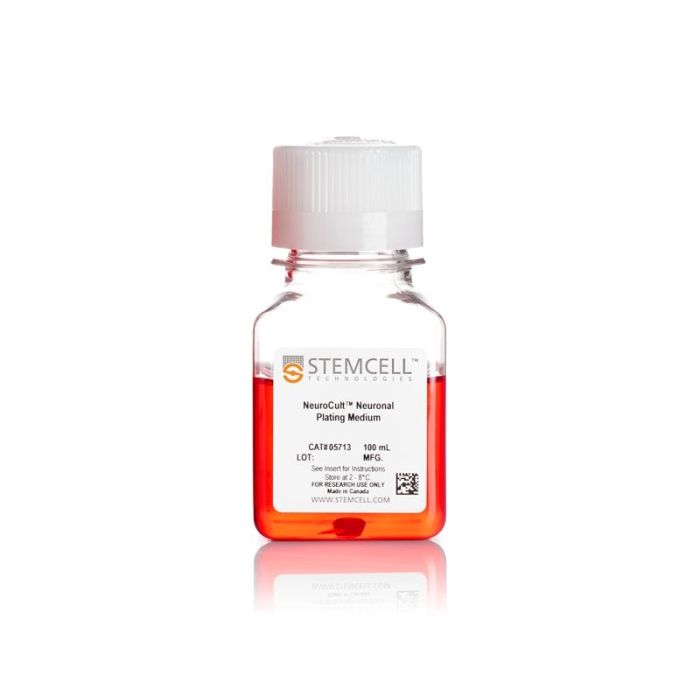产品号 #05713_C
用于培养分离的原代组织来源的神经元,以提高其存活率的培养基
若您需要咨询产品或有任何技术问题,请通过官方电话 400 885 9050 或邮箱 info.cn@stemcell.com 与我们联系。
NeuroCult™ 神经元接种培养基是一款无血清神经元基础培养基。它专为与 BrainPhys™ 神经元培养基(产品号 #05790)联合使用而设计,用于原代组织来源神经元的接种和培养。
分类
基础培养基,专用培养基
细胞类型
神经元
种属
小鼠、大鼠
应用
细胞培养,培养
品牌
NeuroCult
研究领域
神经科学
制剂类别
无血清

Figure 1. Protocol for Plating and Culturing Primary Neurons with the SM1 Culture System
Primary rodent tissue dissociated in papain was plated in NeuroCult™ Neuronal Plating Medium, supplemented with NeuroCult™ SM1 Neuronal Supplement, L-Glutamine, and L-Glutamic Acid. On day 5, primary neurons were transitioned to BrainPhys™ Neuronal Medium, supplemented with NeuroCult™ SM1 Neuronal Supplement, by performing half-medium changes every 3 - 4 days.

Figure 2. The SM1 Culture System Supports Long-Term Culture of Rodent Neurons
Primary E18 rat cortical neurons were cultured in the SM1 Culture System. A large number of viable neurons are visible after (A) 21 and (B) 35 days, as demonstrated by their bright neuronal cell bodies, and extensive neurite outgrowth and branching. Neurons are evenly distributed over the culture surface with minimal cell clumping.
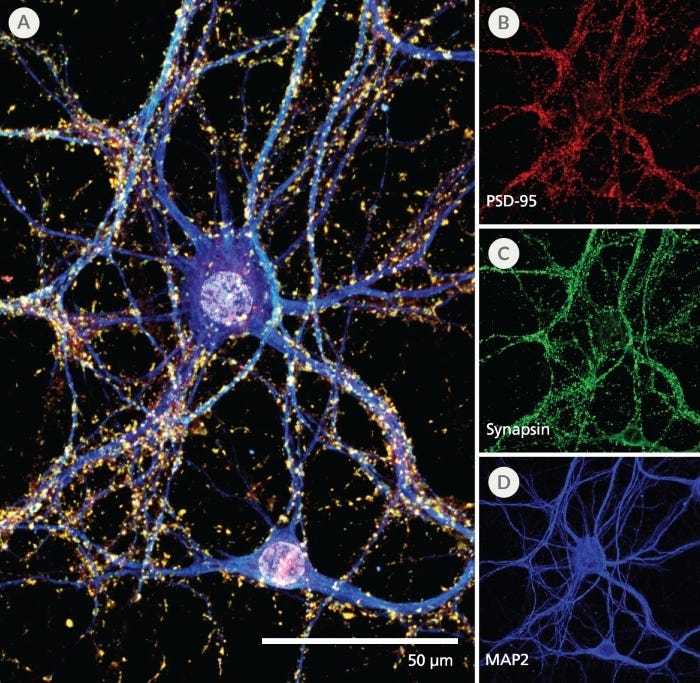
Figure 3. Pre- and Post-Synaptic Markers are Expressed in Rodent Neurons Cultured in the SM1 Culture System
Primary E18 rat cortical neurons were cultured in the SM1 Culture System. At 21 DIV, neurons are phenotypically mature, as indicated by the presence of an extensive dendritic arbor, and appropriate expression and localization of pre-synaptic synapsin (A,C; green) and post-synaptic PSD-95 (A,B; red) markers. Synapsin is concentrated in discrete puncta distributed along the somata and dendritic processes, as defined by the dendritic marker MAP2 (A,D; blue).
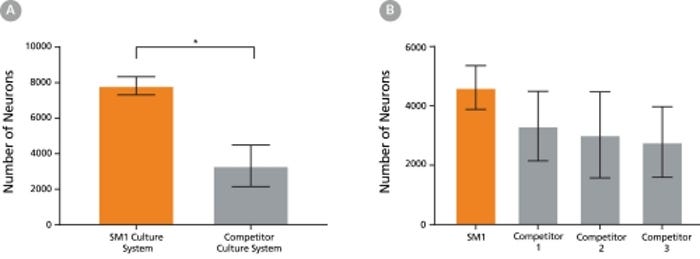
Figure 4. The SM1 Culture System Supports Increased Cell Survival
(A) Primary E18 rat cortical neurons were cultured in the SM1 Culture System or a Competitor Culture System for 21 days. Neurons cultured in the SM1 Culture System have a significantly higher number of viable cells compared to the competitor culture system (n = 4; mean ± 95% CI; *p < 0.05). (B) Primary E18 rat cortical neurons were cultured in Neurobasal® supplemented with NeuroCult™ SM1 Neuronal Supplement (SM1) or competitor B27-like supplements (Competitor 1,2,3) for 21 days. Cultures supplemented with NeuroCult™ SM1 Neuronal Supplement have an equal number of neurons compared to competitor-supplemented cultures. Bars represent standard error of mean.
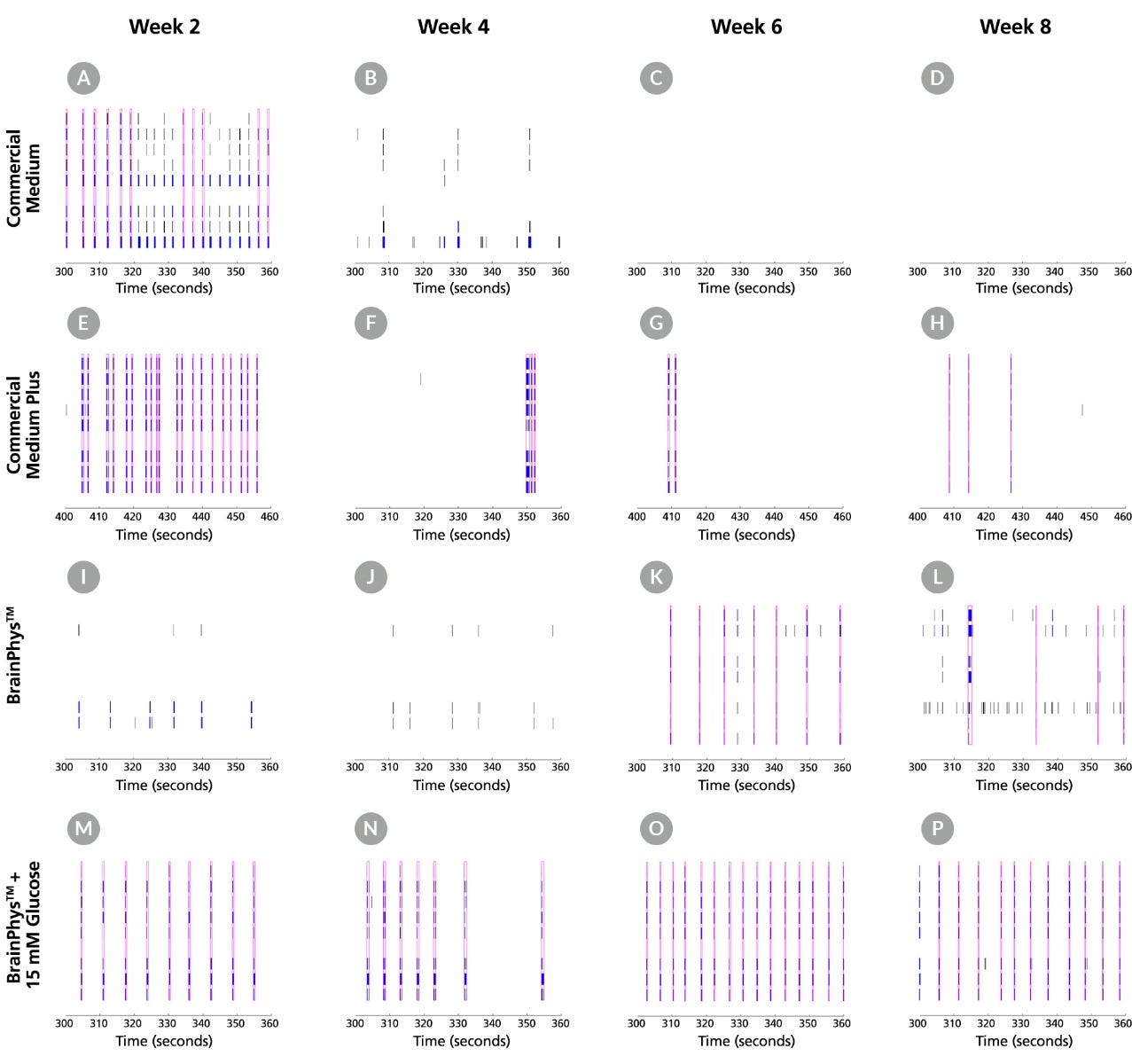
Figure 5. Raster plots showing activity of neurons cultured in BrainPhys and SM1 versus commercial media
Raster plots from MEA recordings show the firing patterns of neurons across 8 electrodes at Weeks 2, 4, 6 and 8. Neurons were either cultured with a Commercial Medium with Supplements, Commercial Medium Plus with Supplements, BrainPhys™ and SM1, or BrainPhys™ and SM1 with 15 mM glucose. Detected spikes (black lines), single channel bursts (blue lines; a collection of at least 5 spikes, each separated by an ISI of no more than 100 ms), and network bursts (magenta boxes; a collection of at least 50 spikes from a minimum of 35% of participating electrodes across each well, each separated by an ISI of no more than 100 ms) were recorded for each medium. (A-D) Neurons cultured with Commercial Medium exhibited network bursting in Week 2 but no spiking activity was detected in subsequent timepoints. (E-H) In Commercial Medium Plus-cultured neurons, a high number of spikes and regular network bursting were detected at Week 2. A decreased number of spikes and inconsistent network bursting were observed in later time points, corresponding to the drop in MFR seen in Figure 4. (I-L) Without glucose, individual spiking was observed at Weeks 2 and 4 with BrainPhys™ and SM1 but network bursting was not detected until Weeks 6 and 8. (M-T) In contrast, neurons cultured with BrainPhys™ and SM1 with 15 mM glucose demonstrated strong spiking activity and consistent network bursting at all timepoints. MEA = microelectrode array; ISI = inter-spike interval; MFR = mean firing rate
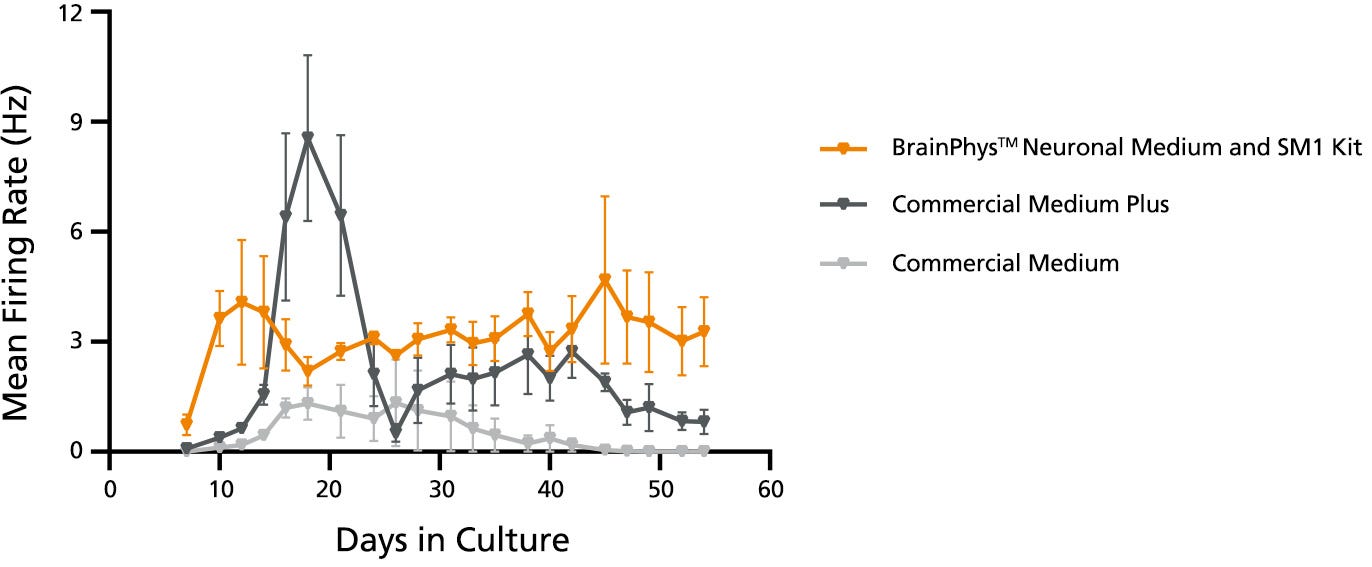
Figure 6. Glucose Supplementation in BrainPhys™ Maintains Neuronal Activity Over 8 Weeks in Culture
Primary E18 rat cortical neurons were cultured with BrainPhys™ and SM1 or other commercially available culture systems for 8 weeks. Neuronal activity can be detected at Day 9 with BrainPhys™, whereas activity is not detected until Day 14 in cultures maintained in either of the Commercial Media with Commercial Supplements. For Commercial Medium and Supplement-cultured neurons, mean firing rate remains low throughout culture. In contrast, a “peak-drop” activity pattern is observed in the Commercial Medium Plus condition, where mean firing rate increases rapidly within 2 days, followed by a drop in activity in the next 2 - 4 days. BrainPhys™and SM1 Kit with 15 mM glucose maintains the highest level of activity throughout the 8-week culture period.
请在《产品说明书》中查找相关支持信息和使用说明,或浏览下方更多实验方案。
本产品专为以下研究领域设计,适用于工作流程中的高亮阶段。探索这些工作流程,了解更多我们为各研究领域提供的其他配套产品。
Thank you for your interest in IntestiCult™ Organoid Growth Medium (Human). Please provide us with your contact information and your local representative will contact you with a customized quote. Where appropriate, they can also assist you with a(n):
Estimated delivery time for your area
Product sample or exclusive offer
In-lab demonstration
| 物种 | 大鼠, 小鼠 |
|---|---|
| 配方 | 无血清 |
扫描二维码或搜索微信号STEMCELLTech,即可关注我们的微信平台,第一时间接收丰富的技术资源和最新的活动信息。
如您有任何问题,欢迎发消息给STEMCELLTech微信公众平台,或与我们通过电话/邮件联系:400 885 9050 INFO.CN@STEMCELL.COM。
在线联系

